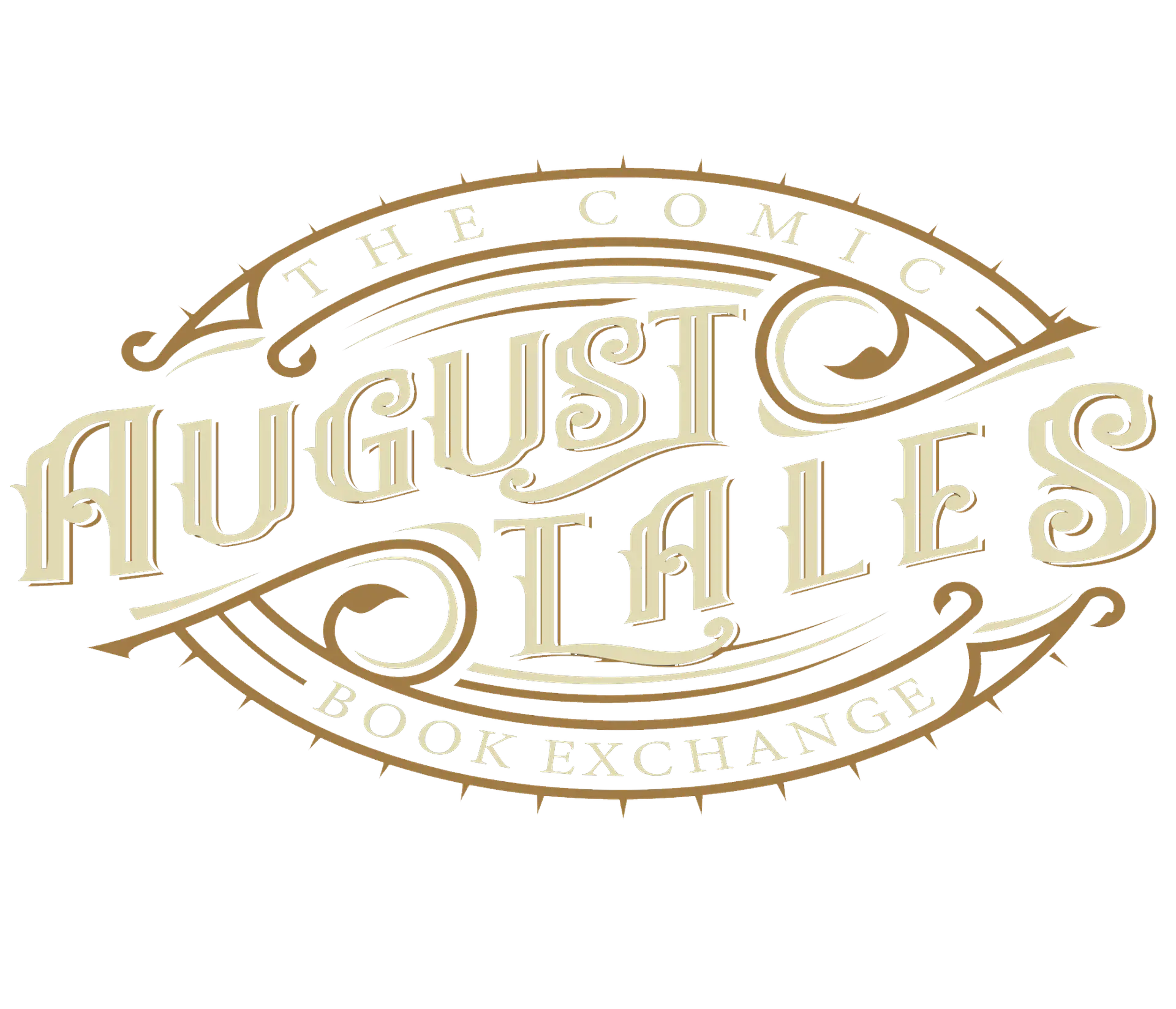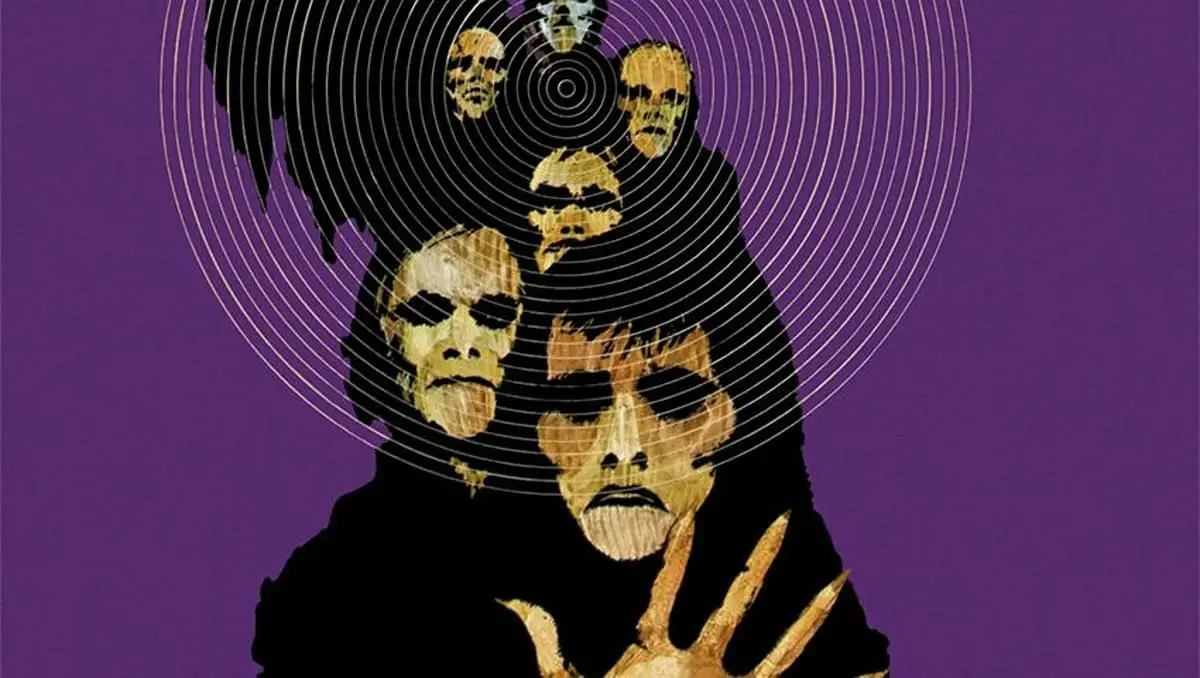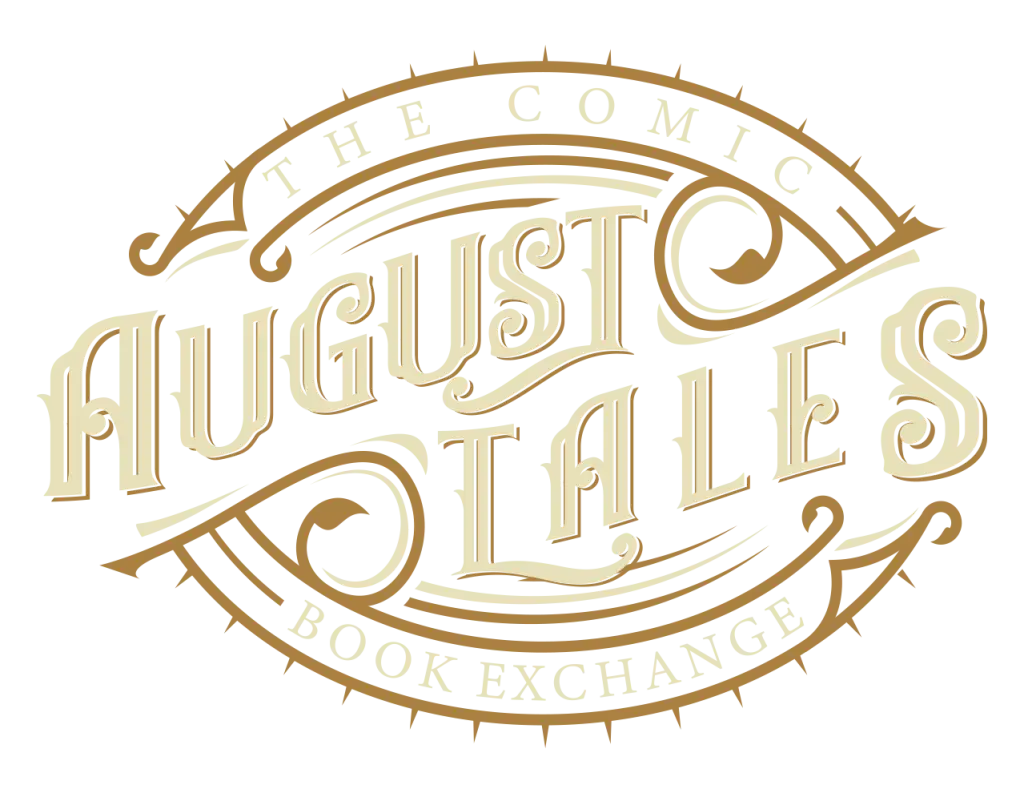The Zombie Genre’s Social Commentary: The Legacy of George Romero
By August Tales
Undeniably, George Romero’s “Night of the Living Dead” (1968) proposed a daring new frontier for zombie flicks. His foray into gruesome depiction broke down doors and paved a crimson path for successors. Yet, many films missed Romero’s crucial refrain, namely the substance of social commentary, while basking in the gore.
Italian horror mavens like Lucio Fulci, Bruno Mattei, and Claudio Fragasso gladly embraced the violence. Yet, they often neglected the biting social critique which enlivened Romero’s narratives. Consequently, their films often devolved into bloody spectacles.
Keeping the Social Commentary Alive
One exception stands out on the silver screen: Jorge Grau’s “The Living Dead at Manchester Morgue” (1974). Equal parts splatter and critique, the film manages to dovetail Romero’s legacy rather deftly. It selectively navigates the violent fare while interweaving critical societal underpinnings.
The film’s plot centers around two hippies, Edna and George, played by Cristina Galbó and Ray Lovelock respectively. They venture into the English countryside, only to stumble upon an experimental radioactive farming tool, unwittingly triggering a zombie apocalypse. A local inspector quick to pin the outbreak on the outsiders exacerbates the escalating situation and stirs up ideological clashes.
Visualizing ‘Fuck-The-Police’ Energy
In essence, Manchester Morgue threads with virile anti-authoritarian energy. As Romero’s work illustrates, ignorance and obstinacy pave the way to societal destruction. Grau uses copious amounts of gore to underscore this reality.
Initially, the film takes a leisurely approach to introducing Edna and George. Only later do the undead claim center stage, embodying the recently deceased from the starkly insular village. Dressed to defy conformity, our leads starkly contrast with traditionally clad locals, making them conspicuous targets of bigotry.
Hitting the Gore Pace
Effectively, Grau modulates the gory violence, allowing for more impactful horror as the plot progresses. This technique mirrors Romero’s “Dawn of the Dead,” wherein the most shocking deaths reserve themselves for the final act. The escalating gore symbolizes societal collapse, epitomizing the repercussions of prioritizing petty squabbles over looming threats.
Rockets of disdain and prejudice launched by the conservative inspector, played by Arthur Kennedy, feed into this narrative. The inspector’s snap judgments harken back to films like “Easy Rider” (1969) and Romero’s “Knightriders” (1981), where defying societal norms leads to tragic consequences. An explosive finale at a hospital showcases the consequences of these judgments, featuring the film’s most brutal kills.
A Definitive Socially-Conscious Zombie Flick
“The Living Dead at Manchester Morgue” nails the thoughtful zombie genre, channeling both its gore and social critique. It pairs horror and commentary without compromise, staying true to Romero’s legacy. By successfully serving a critical message through its violence, the film stands as an exemplary chapter of zombie filmography. It confronts viewers with the perils of small-town ignorance, simultaneously rousing the instinct to resist oppressive powers.
Read this article and more at August Tales Comics. Your go-to site for trade paperback exchanges and comic book news! Trade. Read. Repeat.
#comics #comicbooks #graphicnovel #graphicnovels #augusttales
Image credit: www.comicsbeat.com







